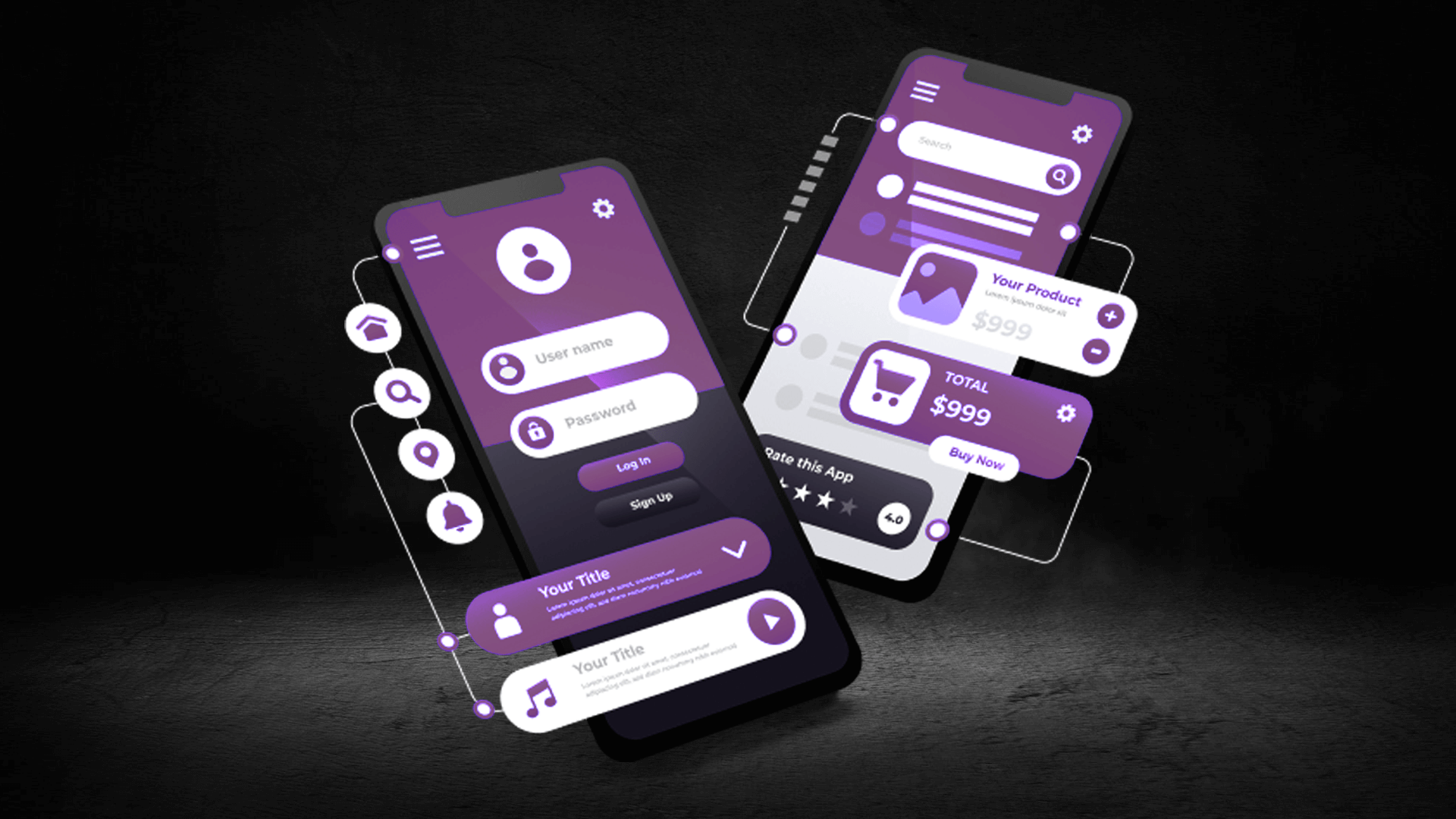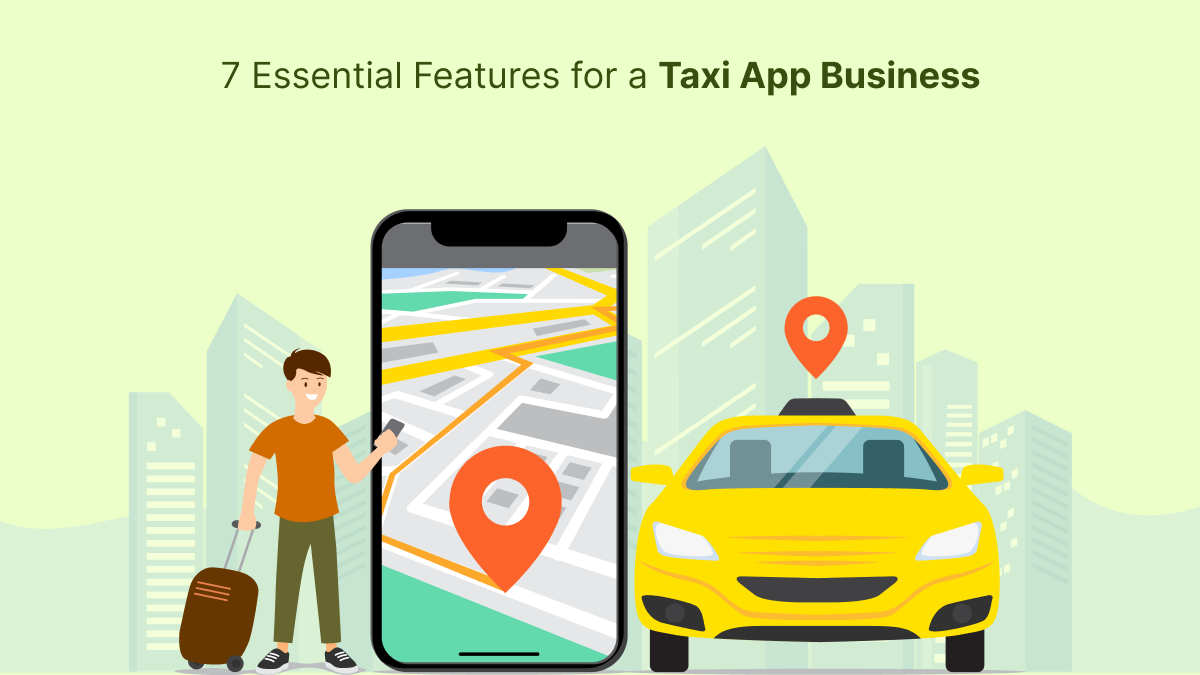Choosing the Right App Development Approach for Your Business
The Digital Dilemma: Which App Development Path Should You Take?
Let’s face it: the mobile app world isn’t what it was a decade ago. Today, business leaders aren’t just asking “Should we build an app?” They’re asking, “What kind of app makes the most business sense?”
This conversation has taken center stage, from C-suite boardrooms to startup war rooms. And it should. Because the wrong development approach can mean more than missed deadlines. It can stall market entry, blow budgets, and hurt user experience.
So, let’s walk through your options. With decades of experience working alongside enterprise leaders and tech innovators, here’s my take on choosing the right mobile application development strategy for your business.
Native vs. Hybrid vs. Web: Understanding Your Core Options
1. Native Applications: Built for Peak Performance
Native apps are developed for a specific operating system. Think Swift or Objective-C for iOS and Kotlin or Java for Android. These apps:
- Leverage full device capabilities (camera, GPS, biometrics)
- Deliver high performance and responsiveness
- Offer seamless UX aligned with platform design standards
However, they come at a cost: two separate codebases = twice the effort. Unless you are ready to invest in parallel teams, native development can be resource-intensive.
CIO Insight: “If your app requires deep integration with device hardware or delivers advanced graphics (like gaming or AR), native is still king.”
2. Hybrid Applications: One Codebase, Many Platforms
Hybrid apps use frameworks like Flutter, React Native, or Ionic to build a single codebase that runs on iOS and Android. These apps:
- Accelerate time to market
- Reduce development costs
- Allow easier maintenance and updates
Through plugins and APIs, hybrid apps access device features. But remember, some advanced functionalities may still need custom native code.
My POV: “Most of our clients choose hybrid when they want to validate an idea quickly without sacrificing UX. It’s a smart middle-ground for MVPs and fast-moving products.”
3. Web Applications and PWAs: The No-Download Experience
Web apps run in browsers. Progressive Web Apps (PWAs) go further by offering offline access, push notifications, and faster load times.
PWAs are ideal when:
- You want broad accessibility without app store friction
- Your user base is diverse across devices and regions
- You’re prioritizing reach over deep device integration
Fun Fact: Twitter Lite, a PWA, reduced data usage by 70 percent and boosted engagement by 65 percent in emerging markets.
Debunking the Performance Myth: What the Research Shows
Gone are the days when hybrid apps were second-class citizens. Recent studies prove frameworks like Flutter and React Native are holding their own.
Key Findings from 2025 Benchmarks:
- Flutter outperformed native in file decoding
- React Native dropped fewer frames during load
- Comparable results for database access and geo-location services
- Minor lag in animations for hybrid vs. native (not always noticeable)
Bottom Line: “Cross-platform frameworks have matured. For most business apps, the performance delta is negligible.”
User Experience: The Tie-Breaker in Most Cases
Let’s get real: tech specs only matter if the user is happy. The choice of development approach should always align with how you want users to feel when interacting with your app.
When Native Wins UX:
- High-fidelity animations (e.g., gaming, finance dashboards)
- Consistency with OS behavior and gestures
- Ultra-smooth transitions and interactions
When Cross-Platform Is Good Enough:
- Standard content-driven apps
- Internal business tools
- Applications where time-to-market is more valuable than subtle design details
PWAs: Minimal UX, Maximum Reach
PWAs don’t try to match native UX but deliver just enough for everyday tasks: order tracking, appointment booking, account management, etc.
CTO Take: “Our PWA helped us scale to five new markets without touching the app stores. That kind of flexibility is priceless.”
Business Strategy and Cost: Matching Tech to Your Goals
Cross-Platform = Budget-Friendly Speed
- Develop once, deploy everywhere
- Smaller teams, simpler code management
- Great for startups and mid-size businesses
Native = Long-Term Investment
- Higher upfront cost
- Superior performance and customization
- Ideal for consumer-facing apps with high expectations
PWA = Best for Web-First Brands
- Immediate accessibility via URLs
- No updates or app store approvals needed
- Lower cost, but limited access to some device features
Softura Note: Our typical app project spans 3 to 9 months, depending on complexity. That includes:
- Discovery workshops
- UX/UI prototyping
- Development sprints
- Testing and QA cycles
- Post-launch support
Platform Reach: One Market or All?
With Android and iOS controlling 99 percent of the mobile market, most businesses can’t afford to launch on just one. That’s why:
- Cross-platform makes sense for rapid dual-platform launches
- Native makes sense if you’re testing market fit on one OS before scaling
Strategic Tip: Start native for your primary user base. If successful, scale with a hybrid or PWA to optimize reach.
Industry Insights: What Approach Works Best by Sector
Enterprise Apps
- Prioritize security, scalability, and integration with internal systems
- Often leverage hybrid apps or native apps with MDM (Mobile Device Management)
- Benefit from consistent UX across teams
Consumer-Facing Apps
- User experience is everything
- Native or Flutter-based cross-platform apps are top picks
- Faster load times and engaging interfaces boost adoption
eCommerce and Marketplaces
- PWAs help with SEO and reach
- Native apps build brand loyalty with personalized features
- Hybrid is viable for MVPs and quick A/B testing
The Future Is Hybrid (with a Splash of Web)
PWAs are getting smarter. And Flutter, React Native, and even newer tools like Kotlin Multiplatform prove that you can build fast, scalable apps without going full-native.
Emerging Trends to Watch:
- AR and VR integrations in PWAs
- Cross-platform updates narrowing the native gap
- Smarter push notifications and offline-first designs
2026 Outlook: Businesses will increasingly adopt a mix-and-match strategy, combining native, hybrid, and web components based on use case.
Decision Matrix: What Should You Choose?
Use this cheat sheet to align development with business goals:
Choose Native When:
- You need advanced graphics or device integrations
- UX must feel pixel-perfect
- Budget and time are not major constraints
Choose Cross-Platform (Flutter or React Native) When:
- Time to market matters
- You want one team to manage everything
- You are launching on both iOS and Android
Choose PWAs When:
- You want instant access via browser
- User expectations are moderate
- Your audience is price-sensitive or globally distributed
Final Word: Don’t Choose a Trend, Choose a Strategy
App development isn’t about what is trendy. It’s about what makes sense for your business model, your customers, and your timeline.
At Softura, we help businesses build mobile apps that aren’t just technically sound but strategically aligned. Whether you are a Fortune 500 or a fast-scaling startup, there is a mobile development approach that fits you.
Ready to choose the right path? Let’s build it together.
Get Started with Softura’s Mobile App Consulting Team
We’ll guide you from idea to implementation with clarity, speed, and business impact.













